Can Soft LED Display Modules Replace Traditional Billboards in Smart Cities?
The Shift Toward Smart City Advertising
Smart cities demand smart solutions. As urban infrastructure evolves, so do advertising methods. Traditional billboards, while still prevalent, are increasingly challenged by modern digital technologies.
Among these, soft LED display modules have emerged as a dynamic alternative. These ultra-thin, flexible LED screens integrate seamlessly with curved or uneven surfaces. Thus, they align with the aesthetic and technological vision of smart cities. Moreover, the demand for real-time content, energy efficiency, and smart data integration fuels the shift toward LED-based solutions.
1. The Limitations of Traditional Billboards
Though still common, traditional billboards show many limitations:
Static content that lacks interactivity
High costs for printing and physical installation
Poor adaptability to modern architecture
No integration with smart technologies
Maintenance challenges in harsh environments
Consequently, cities seeking intelligent infrastructure find these outdated.
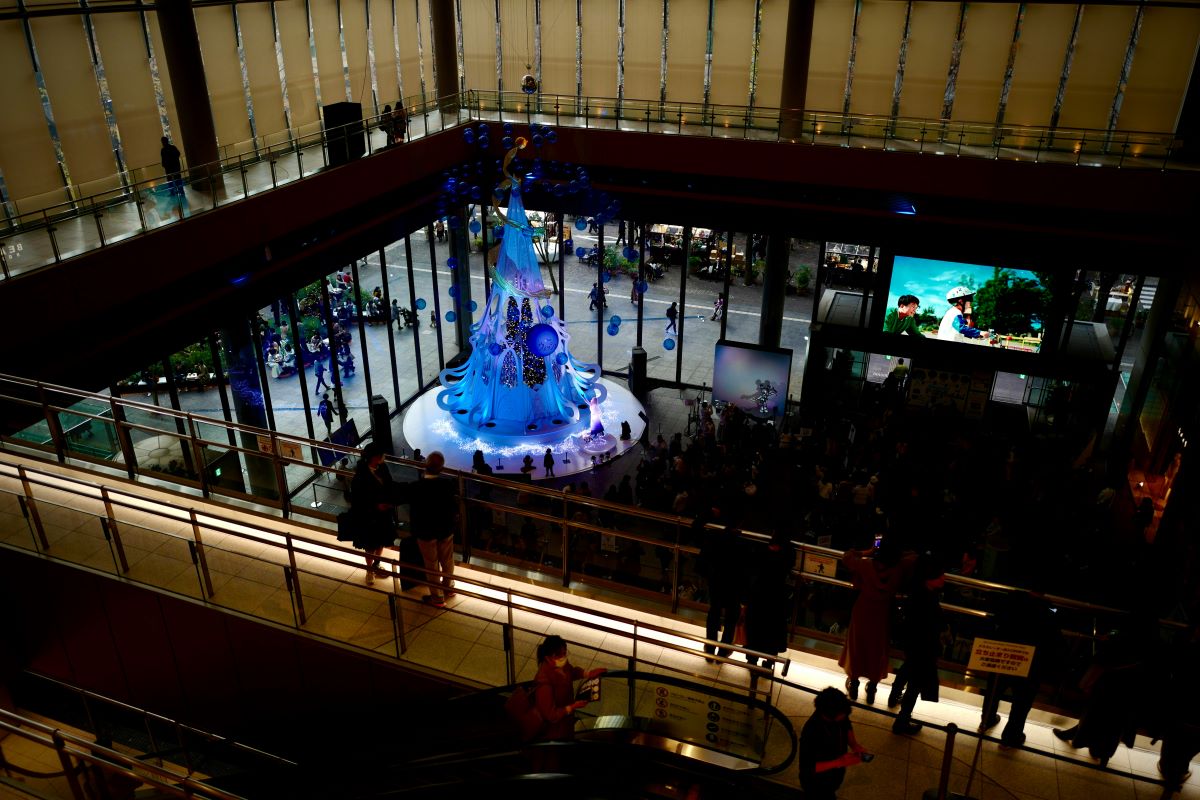
2. Rise of Soft LED Display Modules
In contrast, soft LED display modules offer flexible, bendable digital displays. Built with silicone or polymer substrates, they can curve around structures or wrap around poles, domes, and cylindrical objects.
Key characteristics include:
- Lightweight and slim design
- High-resolution dynamic content
- Waterproof and UV-resistant shells
- Seamless integration with IoT systems
Due to these benefits, they’re ideal for smart city deployment.
3. Flexibility that Follows Urban Design
Modern urban architecture favors curves, irregular shapes, and futuristic forms. In these settings, rigid LED panels often fail.
Soft LED display modules easily adapt:
- Wrap-around building facades
- Conform to column-like surfaces
- Form 360° cylindrical screens
- Create artistic, organic display structures
Thus, they serve both aesthetic and functional roles in public messaging.
4. Energy Efficiency and Environmental Benefits
Energy consumption remains a major concern in urban planning. Soft LED modules, compared to traditional lightboxes, offer:
- 60–80% lower power usage
- Longer operational life (up to 100,000 hours)
- Less thermal output
- Low-voltage operation for safety
These attributes support sustainability goals in city development.
5. Real-Time Content and Interactivity
Unlike paper billboards, soft LED screens allow:
Instant content updates via cloud platforms
Scheduling based on time, weather, or event
Interactive displays via motion sensors
Integration with mobile apps and public data systems
For example, a flexible screen in a smart bus stop can display arrival times, weather, ads, and local alerts.
6. Smart Cities Require Smart Displays
Smart cities use data and connectivity to improve life quality. Soft LED modules enhance this by:
Syncing with IoT platforms
Responding to traffic data or crowd density
Providing emergency alerts
Supporting multi-language content for tourism
Therefore, they’re more than just digital posters—they’re information hubs.
7. Advertising Versatility for Stakeholders
Municipalities, advertisers, and citizens all benefit:
| Stakeholder | Benefit |
|---|---|
| City authorities | Smart alerts, beautification, energy savings |
| Brands | Targeted, dynamic promotions |
| Citizens | Better information access |
Conclusion: The Future Is Flexible
As cities become smarter, their displays must evolve too. Soft LED display modules offer flexibility, interactivity, and eco-efficiency unmatched by traditional billboards. Their ability to deliver real-time content, adapt to urban architecture, and integrate with smart systems positions them as the future of outdoor advertising.
For cities seeking innovation and sustainability, switching to flexible LED signage is no longer optional—it’s essential.
Madder’s modular soft LED solutions are engineered for urban transformation. Discover the next generation of city messaging—dynamic, intelligent, and future-ready.

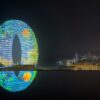
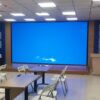
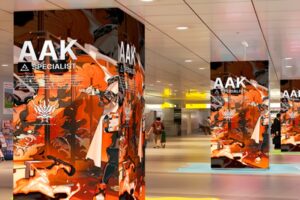
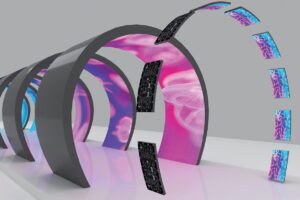
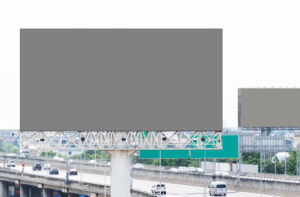


Leave a reply